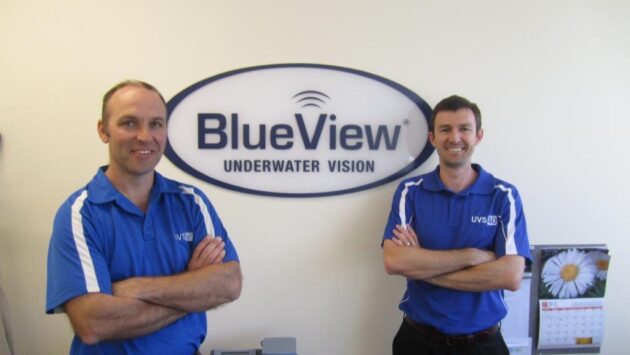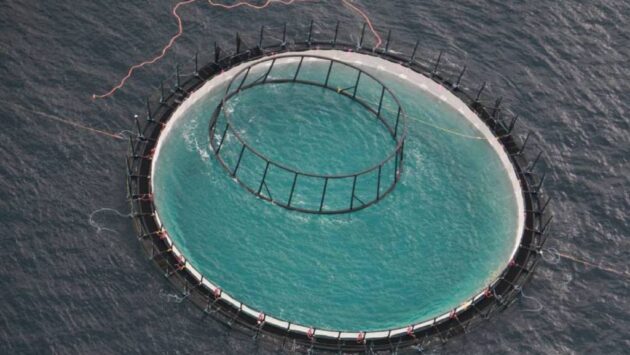Reducing ROV Operating Costs
At Australian Oil & Gas in Perth in March BlueZone Group Project Engineer, Simon Knitter, presented on the Focal 928-OMS Optical Monitoring System (OMS).
In his presentation, Simon said that the typical fibre optic path for a Work Class ROV can have many interconnections resulting in the potential for many failure points. “Work Class ROV fibre optic paths can include deck cables, topside winch junction boxes, Fibre Optic Rotary Joints (FORJ) and subsea components,” explained Simon.
The typical tool for fault-finding optical systems is an Optical Time Domain Reflectometer (OTDR). Fault-finding using this tool can be resource intensive and often requires the system to be off-line. A trained technician is normally required on-site, and there is the time needed to diagnose the fault. This can be easy for a clean break but very time consuming for intermittent fibre-optic faults resulting in an increase in overall system downtime.
The Focal 928-OMS Optical Monitoring System (OMS) provides a solution through continuous online live monitoring of the optical communication path. Results are presented through a Graphical User Interface that reduces the guesswork when a fault occurs and does not require a high level of training for interpretation. The Focal 928-OMS is installed in a single 19-inch rack unit and provides live monitoring of up to 4 optical channels with no interference to data transmission.
BlueZone Group provides an Authorised Service Centre for Focal Slip Rings and also supplies Focal multiplexers, media converters and modems.
|
|
 |




